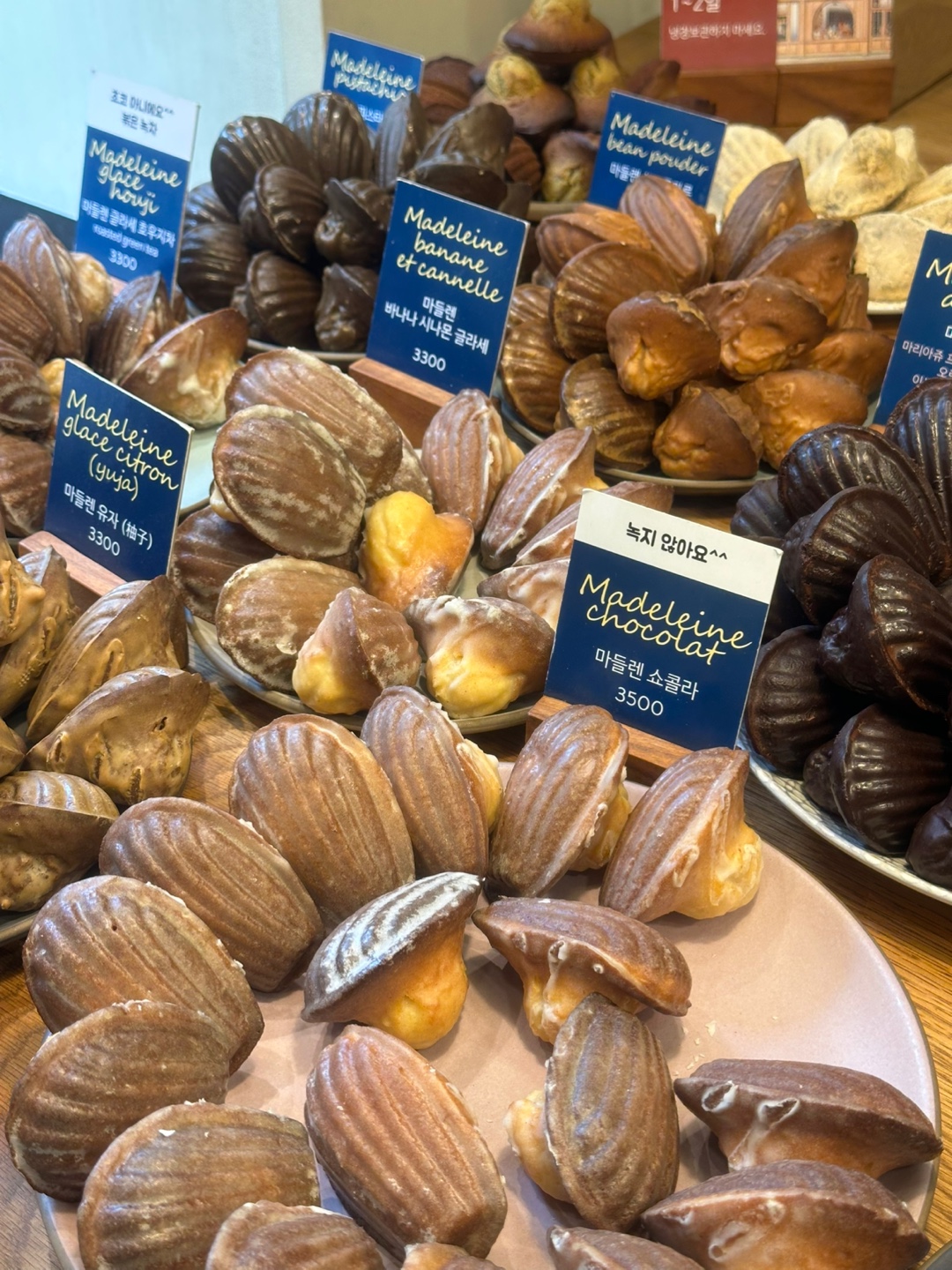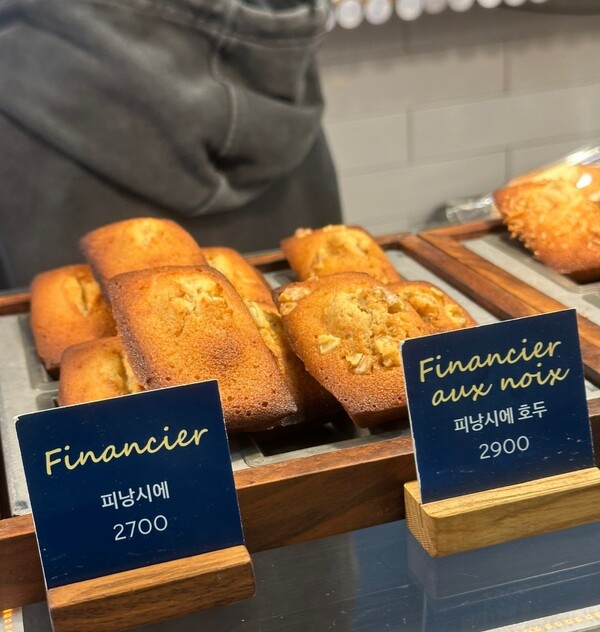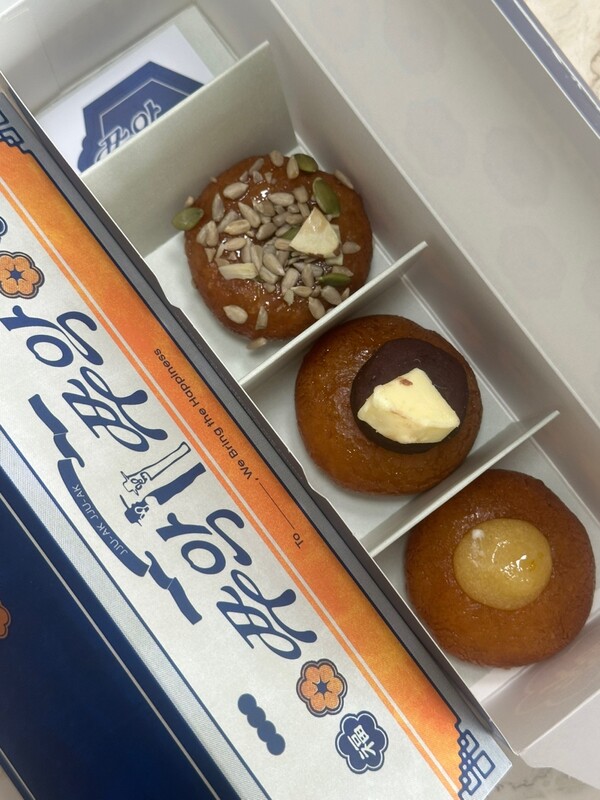Nothing can replace the comfort that a sweet bite of dessert brings. Desserts are more than just a snack — they bring people small but certain happiness and represent a culture that has been rapidly adapting to the times. With this, the Sungkyun Times (SKT) will highlight diverse dessert cultures across the globe while introducing recent dessert trends and must-visit spots.
A Sweet End to Every Meal
-Time Travel through Desserts
A dessert is a sweet dish enjoyed after a main meal that traditionally included foods such as cheese and fresh fruit. The term originates from the French word desservir, meaning “to clear the table.” The history of desserts dates back to early civilization, developing alongside human history. In ancient times, desserts in Egypt were primarily made with naturally sweet ingredients, such as honey and nuts, while during the Roman Empire, fruits preserved in honey were enjoyed. By the Middle Ages, desserts progressed from simple sweet treats to visually appealing dishes, which were often considered a luxury among European nobility. However, sugar became widely available following the Industrial Revolution, eventually introducing desserts to a broader audience. Its widespread supply led to the creation of an even more diverse array of desserts, and as baking techniques advanced, dessert culture flourished. Even today, these sweet treats continue to evolve, reflecting popular trends and embracing innovative combinations. A student in their twenties shared with the SKT, “The most memorable dessert I recently enjoyed was the crookie, a croissant filled with chocolate chip cookie dough. I am excited to see what new combination will come next.” Such sweet developments will only continue, carrying with it the limitless potential for dessert evolution.
-The Dessert Encyclopedia
Desserts often embody the unique characteristics of each country, reflecting their histories and cultures. The SKT will introduce a selection of these signature desserts that have stood the test of time, blending traditional techniques with modern sensibilities. The financier is one of the most representative treats that comes to mind when thinking of French desserts. It is a small baked cake known for its buttery interior and slightly crispy crust. It originated in the 17th century at a Visitandine convent as an almond cake. Culture During the 19th century, when it was sold near the Paris stock exchange, it was eventually given the name financier, also reminiscent of its gold bar-like shape. Just as French desserts are loved worldwide, South Korea’s traditional desserts also have their own unique charm. Hangwa, a sweet enjoyed since the Joseon Dynasty, is made primarily from grains, honey, and rice syrup and is often consumed during traditional holidays and special occasions. Among them is gaeseong juak, a round fried rice cake made with a dough of glutinous rice flour and traditional alcohol such as makgeolli or soju. After being shaped into balls, this dough is then deep-fried and coated in rice syrup or honey. Recently, a modern fusion of gaeseong juak with cream and chocolate has grown in popularity among younger generations. In this way, Korea’s traditional desserts have been gaining competitiveness amid new consumption trends.

Desserts’ Double Spell
-A Sprinkle of Magic
Desserts are more than just sweets; they provide psychological comfort and happiness. This sensation goes beyond personal preference and is actually related to the impact of sugar on the brain. The brain receives more than half of its energy from glucose, and in stressful situations, it requires more energy, increasing the craving for sweet foods. Moreover, sugar boosts the secretion of the “happy hormones” serotonin and dopamine, helping to relieve stress and improve the mood, which is why desserts provide a sense of comfort. Also, desserts have become more than just a culinary tradition; they have evolved to become a cultural and economic trend. With the rise of social media, certain desserts have gained virality, transcending to expressions of personal taste and lifestyle. For instance, in 2024, desserts such as towel roll-shaped crepe cakes and chewy marshmallow bars became especially popular in Korea, piquing consumer interest with their unique visuals and f lavors. Trends like these highlight the evolving and diverse nature of the modern dessert market. This is also related to the industry’s growing economic impact, as well-known cafés and bakeries began attracting visitors and revitalizing local economies. One example is Sungsimdang, a famous bakery in Daejeon City, which has six branches only in the area, reaching over ₩120 billion in sales in 2023. Surely, desserts have established themselves as a significant influence on daily life, culture, and the economy.
-A Sweet Curse
Desserts can be a source of joy, but too much of them can easily become harmful to the body. Since desserts generally contain higher levels of sugar and fat than other foods, excessive consumption increases related health risks such as obesity, diabetes, and high blood pressure. The World Health Organization (WHO) recommends limiting one’s daily sugar intake to less than 10% of their total energy intake or 50g per 2,000kcal. However, with the rapid expansion of the dessert market, easy access to high-sugar, high-fat products makes overconsumption more likely, emphasizing the need for caution. Desserts, which were once associated with pleasure, have recently faded in meaning as they become intertwined with the appearance-focused, show-off culture of social media. A student who enjoys desserts shared with the SKT, “I found a shop on Instagram with great reviews, but when I visited, I realized it was simply due to viral marketing that focused more on its visuals than taste.” This tendency has especially driven large companies to quicken the product launch cycle of visually appealing desserts by analyzing fast trends and capturing consumer attention through aggressive marketing strategies. Furthermore, except for a few that have managed to stay competitive in this cutthroat market, several traditional bakeries and small dessert shops are struggling to survive. Many have been gradually pushed out after failing to gain an edge over large companies. In fact, according to the Ministry of the Interior and Safety, the number of closed dessert shops reached a record high of 3,542 in 2024 due to the expansion of franchises and an increase in competition. In this context, desserts have been drifting away from their true value of offering a joyful, tasty experience. Nevertheless, if consumers continue to support and seek desserts with an authentic, unique charm, this delightful culture can regain its genuine essence.

A Journey to Sweet Delights
Dessert culture does not have to be viewed negatively — when enjoyed in moderation, it can enhance anyone’s mundane life. This time, the SKT invites Kingos on a journey to fully indulge in sweet moments by exploring some dessert spots in Seoul City.
-Etoile
Etoile, located near Sinsa Station, is most known for its shell-shaped sponge cake called madeleines, but the true hidden gem is its financier. Upon the first bite, Kingos will be amazed at its crisp, golden exterior perfectly harmonizing with its lightly chewy center. With the rich, nutty aroma of butter spreading across the mouth, it is surely a must-try for dessert enthusiasts.
Recommended Menu: Plain and Chocolate Financier, Yuja Madeline


-Jjuak Jjuak
Jjuak Jjuak, as its name implies, sells gaeseong juak created with specialty ingredients from Korea’s eight provinces. Located in Seosulla-gil, it is a special destination for nearby Humanities and Social Sciences Campus (HSSC) Kingos looking to try a unique spin on one of Korea’s famous desserts.
Recommended Menu: Goheung Yuja and Dirty Nutella Gaeseong Juak


Stressed spelled backward is desserts. The taste, smell, and colors of these sweet treats help one momentarily forget stress and fatigue, allowing them to reflect on the little joys of life once again. If Kingos’ days have felt especially exhausting and overwhelming, why not find some comfort with a bite of dessert to make it through?
